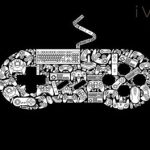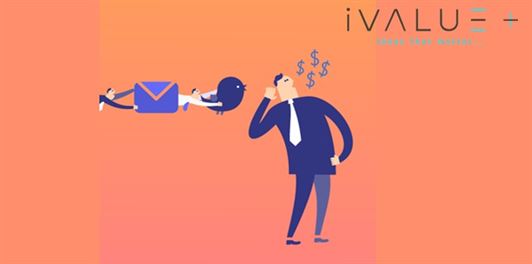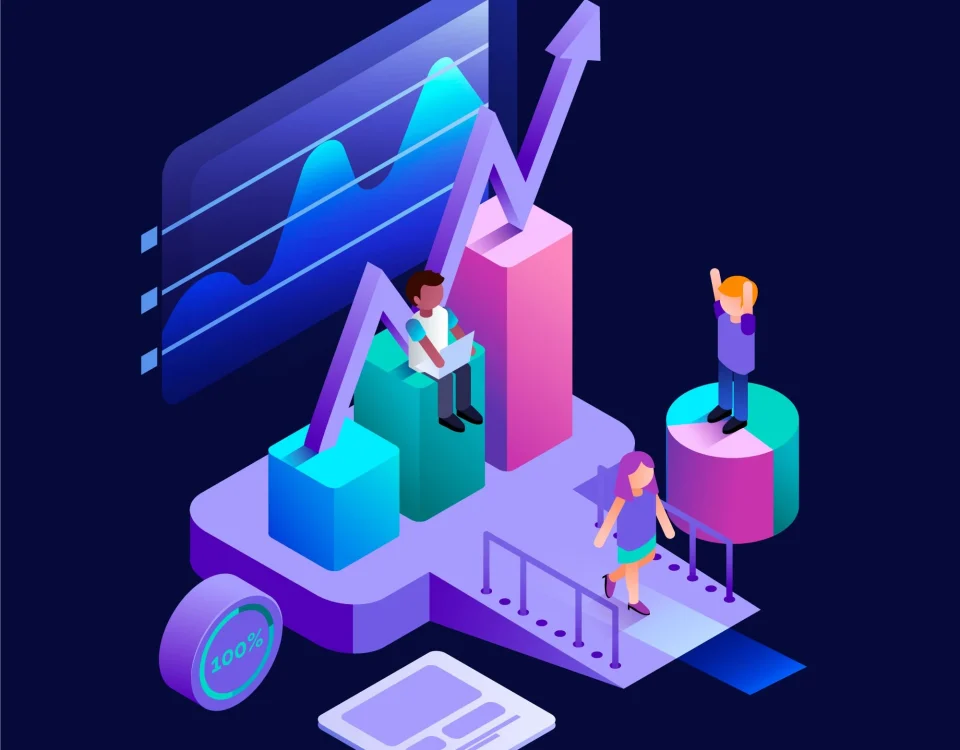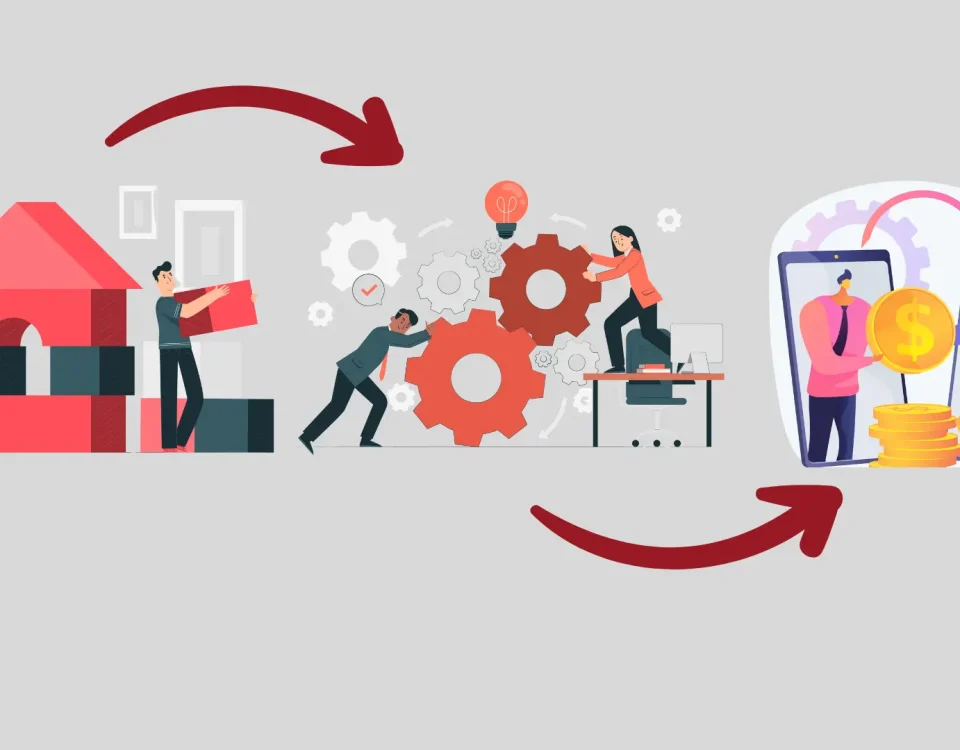
Strategy and Product Ownership
January 28, 2021
Is Gaming The New Social Networking?
February 8, 2021SALES CYCLE! Sinks & Swims!!
The term “sales cycle” describes all the steps of a sales process, starting from the first customer contact to closing the deal and follow-ups. Simply put, it’s a potential client’s journey from recognizing they need a product to making a purchase. And since the sales process is a journey for a prospect, it’s a roadmap for a salesperson.
A sales cycle is a series of events or phases that occur during the selling of a product or service. This article will cover the typical seven steps or stages in that process, but remember that not every sale or customer interaction will follow the same path.
1. Prospect for Leads
To sell something, you must first have a customer or prospective customer. Identifying potential prospects is the first stage in any sales cycle and requires a solid understanding of the service or product you intend to sell.
During the prospecting stage, you should aim to answer some key questions about your product:
• What does your product do that no one else’s product does?
• What problem or issue does your product overcome or solve?
As you think about how your service or product will improve the lives or businesses of your clients, you will identify who your potential customers are.
Prospecting for customers can also take the form of lead generation. Perhaps your website has a place for interested parties to enter their email addresses to learn more. Once you’ve received their information, that’s a green light for you to reach out and connect.
2. Contact Potential Customers
After you have identified your prospects, the next stage is to initiate contact. The communication channel you choose will depend on the business or type of prospect. In some instances, a phone call is the appropriate means of contacting a prospect, while other times your first point of contact may be an email or a more traditional sales letter. You aren’t giving your full sales pitch during this stage, just establishing contact with potential clients in the hopes of setting up a more formal meeting.
3. Qualify the Customers
During this stage of the sales cycle, you will vet the client as much as possible. This process may be initiated in the contact stage of the sales cycle, but the majority of qualifying usually happens during the first sales meeting or appointment.
This stage will save you time and resources, since you should only be pitching to qualified leads. You’ll want to find out if your contact person is a decision maker and, if so, whether they are actually interested in purchasing your product or service. If your prospect is not in a position to make decisions or purchase, politely ask to include a manager or superior in the meeting.
4. Present your Product
Let’s recap: you’ve identified a potential new customer, initiated contact, and qualified the lead. Now it’s time to present what you have to offer.
This is the most crucial stage in the sales cycle and requires the most preparation. You should aim to present your goods or services in a way that solves an issue the customer is facing. Be ready to demonstrate how using your product will improve day-to-day operations for your customer and how your company achieves this better than anyone else.
Keep in mind that you’re also selling yourself during this presentation, so things like body language, mannerisms, and even your appearance can influence a sale.
5. Overcome Customer Objections
Your job at this point in the sales cycle is to manage and overcome any objections. Even the most enthusiastic prospects will have hesitations or objections—the price is too high, the contract is too narrow, the terms aren’t right.
Don’t be afraid to ask for context to their objections. Does their hesitancy stem from an issue or interaction in the past? Are they still carrying some reservations from a past business deal gone bad? Listen patiently to what the client has to say and let them know you understand their concerns. Then reframe your pitch to acknowledge and overcome those concerns.
If the price is causing concern, consider reframing the information in a per-day breakdown. For example, if your software service is approximately $200 a month, you can reposition the price as “just over $6 per day.” That’s less than a fancy non-fat extra-shot vanilla latte typically costs.
6. Close the Sale
The moment of truth has arrived. It’s time to close the sale, which is much easier said than done. There are a few different approaches to closing a sale, and they all depend on how the preceding stages played out.
Your job as a salesperson is to read the prospect’s mode or attitude and tailor your closing style to match. If the prospect has eagerly listened to every word you’ve had to say and you feel like you’ve established a good connection, you can use a more direct close: “OK, so let me just get the paperwork written up, and we’ll pick a delivery date. Sound good?”
A less enthusiastic or tentative prospect will need a softer, more nuanced approach. Remember, you’ve laid the foundation through the previous stages in the sales cycle as to why this business or customer needs your product, so circle back to your main points and remind the prospect of why they agreed to meet with you in the first place.
It’s important to remember that just because a sale isn’t closed during the first meeting, that doesn’t mean the sale is over. Some products, like large machines or complicated software, can take weeks or months to sell. The sales cycle is still in motion until either a sale is made or a prospect declines to proceed any further.
7. Generate Referrals
The time to ask for referrals is right after closing a sale. Your new customer is (hopefully) excited about their purchase and in a position to recommend other clients. Save some time and energy, and ask your client if they have any friends or colleagues that might also benefit from the product or service you sell. You can also ask for referrals later on as your business relationship grows.
It’s important to remember that each sales process is unique, and no two sales cycles are the same. The sales cycle stages can be as short as a few minutes or last as long as a couple months, but in general, every sales cycle follows a form of the seven stages above. Learning and practicing the sales cycle and refining your technique will help you increase sales and grow your business.
No matter what you are selling, every sales cycle has 3 points in common. These ‘sink or swim’ points define the success or failure of that sale; and every salesperson needs to be able to recognize to control those moments.
1. The Point of Value Creation
Creating a differentiation between the products or services that you are trying to sell and those sold by your competitors is the first key point in any sales cycle.
In the past, traditional sales methods have stuck to the approach of directly comparing your own product to a similar product of your competitor, using attractive looking metrics and statistics to help the buyer visualize the difference.
However, in an age when buyers are becoming much more savvy and doing their own research, you will find that customers are much more skeptical. They aren’t receptive to these direct comparisons, as they know that this approach is taken in an attempt to sway them and therefore you aren’t going to show them all the comparisons that make your product come off worse.
What you need to do is tackle what behavioral experts call “status quo bias”. This refers to the buyer’s reluctance to change. They want to stay the same because nothing severe has happened that would make them need to change, so they are happy to stay as they are.
You need to demonstrate why the buyer actually does need to change and why staying the same is no longer the best option.
2. The Point of Justification
So you have showed why your product or service is different from the rest and begun to create the sense of need for what you are offering.
Now you need to justify why the need and benefits of the product outweigh the cost.
To be able to do this, you need to have a deep understanding of the target customer; an empathy towards their wants, needs, expectations and fears. Use these to drive the justification by reassuring their fears, surpassing their expectations and emphasizing how well the product/service fulfils their wants and needs.
3. The Point of Conversion
So you’ve created value and shown how what you’re selling differs from the rest. You’ve justified the purchase by emphasizing with the customer on a personal and emotional level. Now all that is left is to make the sale.
This can be the hardest point of all, as despite all your efforts the customer may still waver on particular points. The most common point that customers waver on is price. That is where the end-stage negotiations come in.
Most customers/clients are savvy enough to know that in most sales situations the first price given is not the price they have to pay. Today’s customer has come to expect discounts, freebies and more for their money. Be prepared to know your limit for discounts and extra offerings to ensure you make the sale without detriment to the company’s bottom line.
References:
https://www.lucidchart.com/blog/sales-cycle-stages








